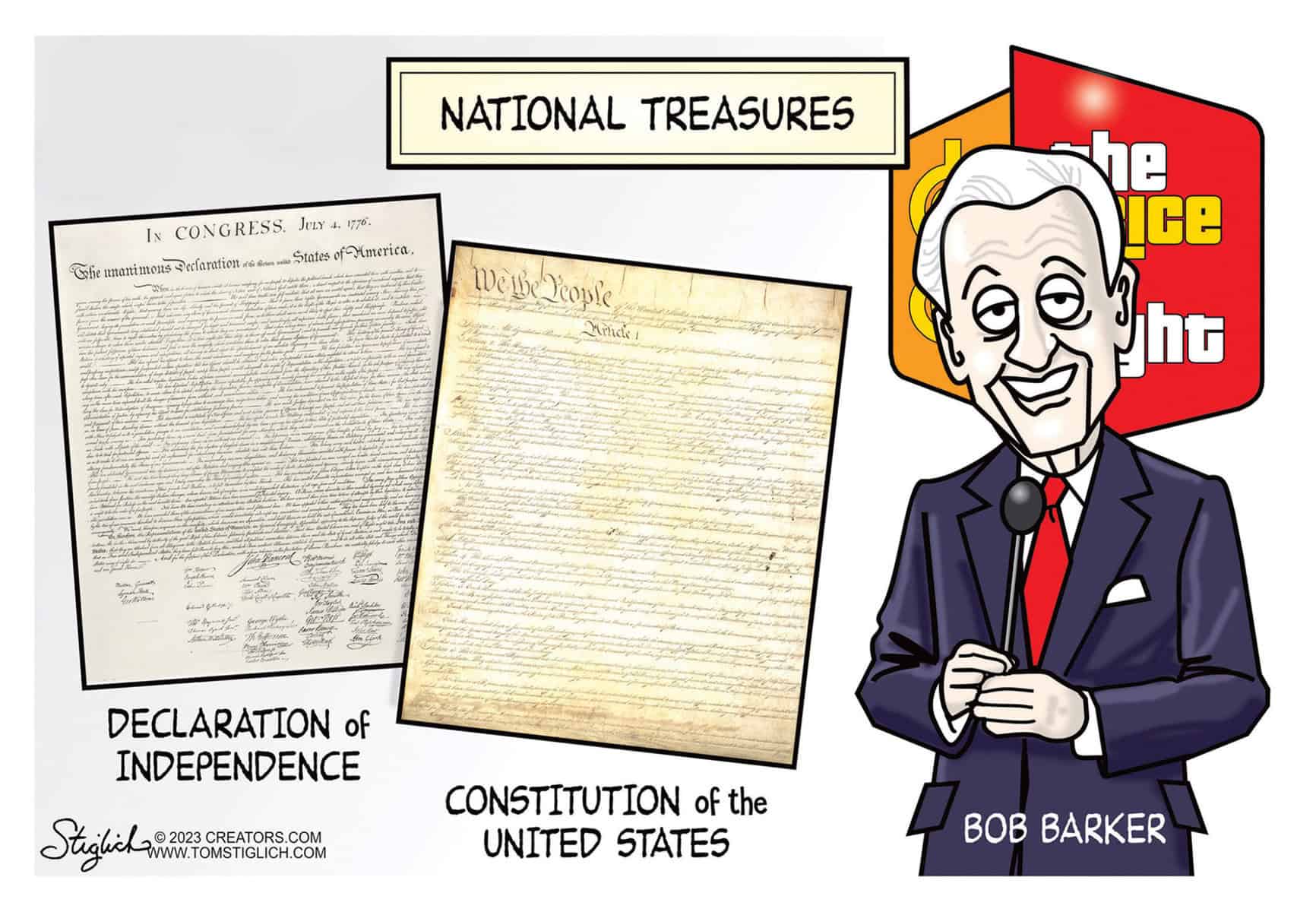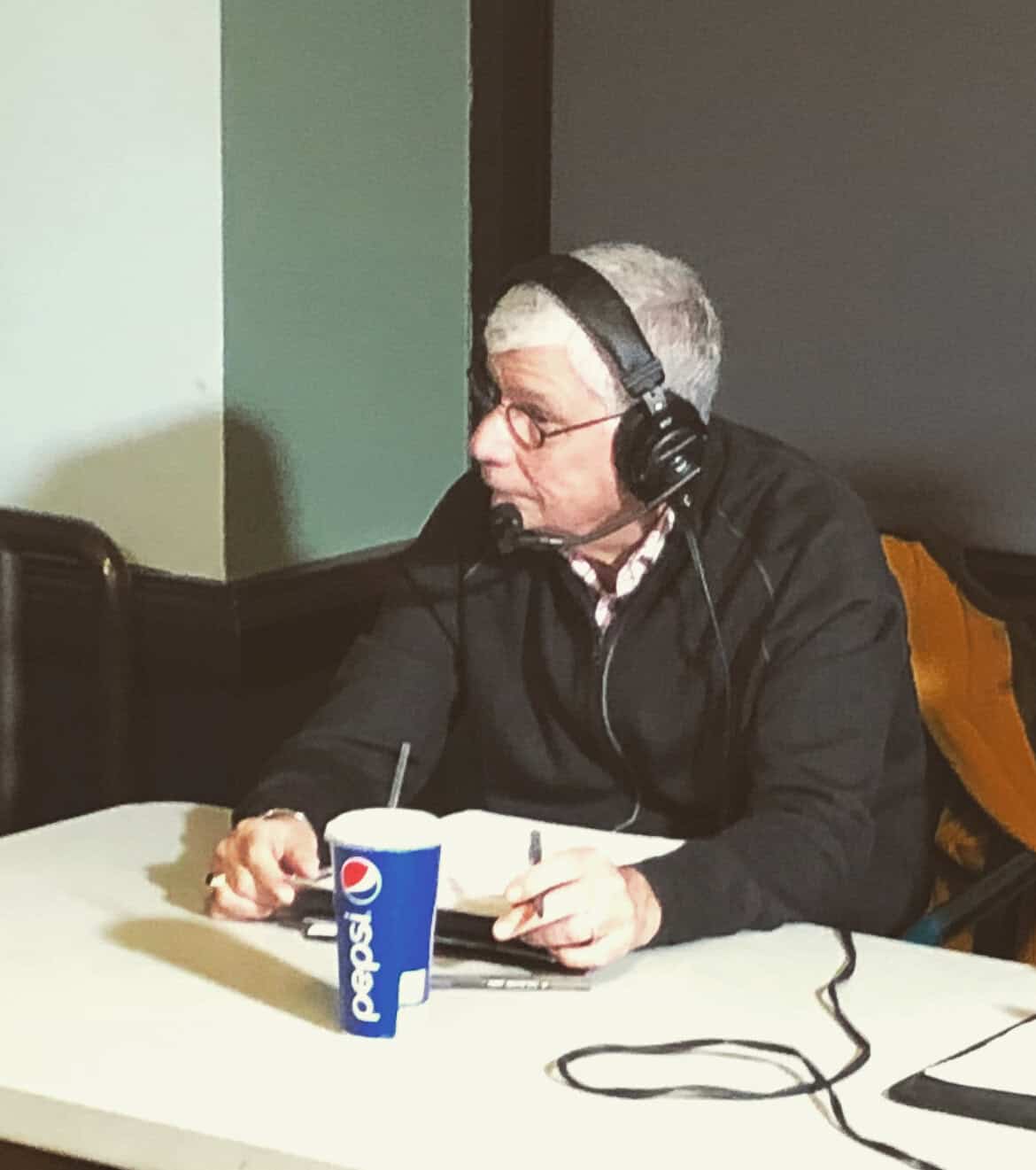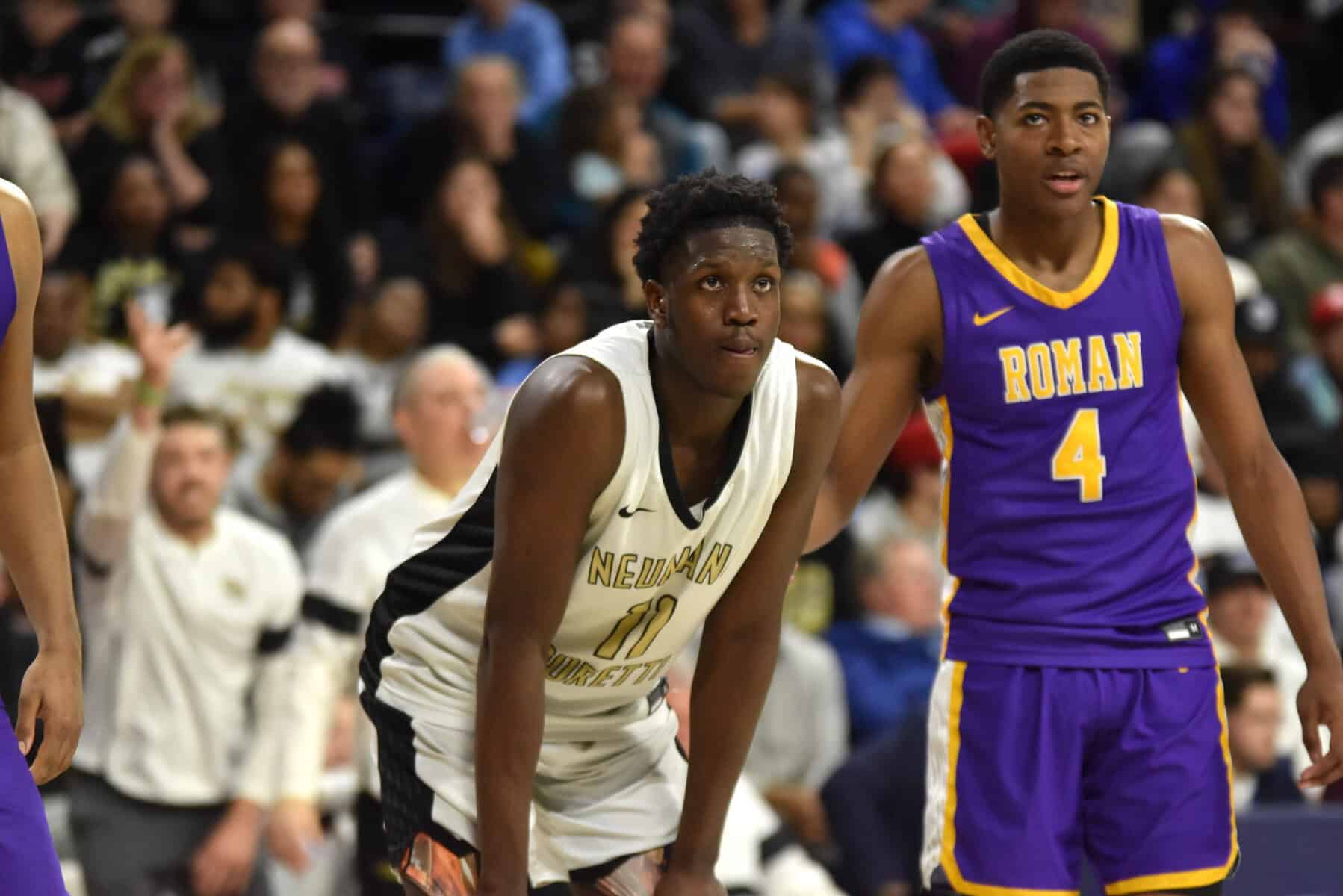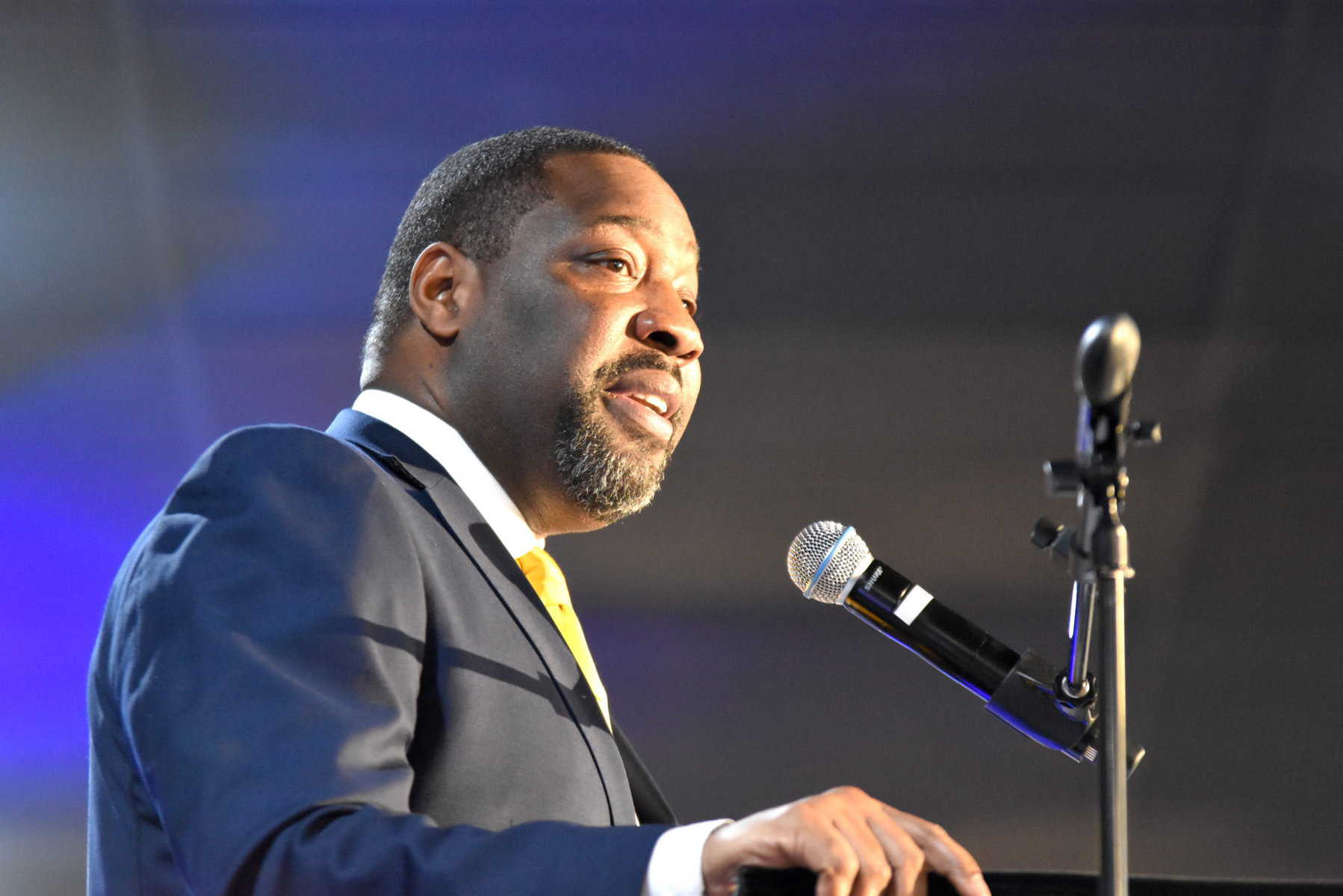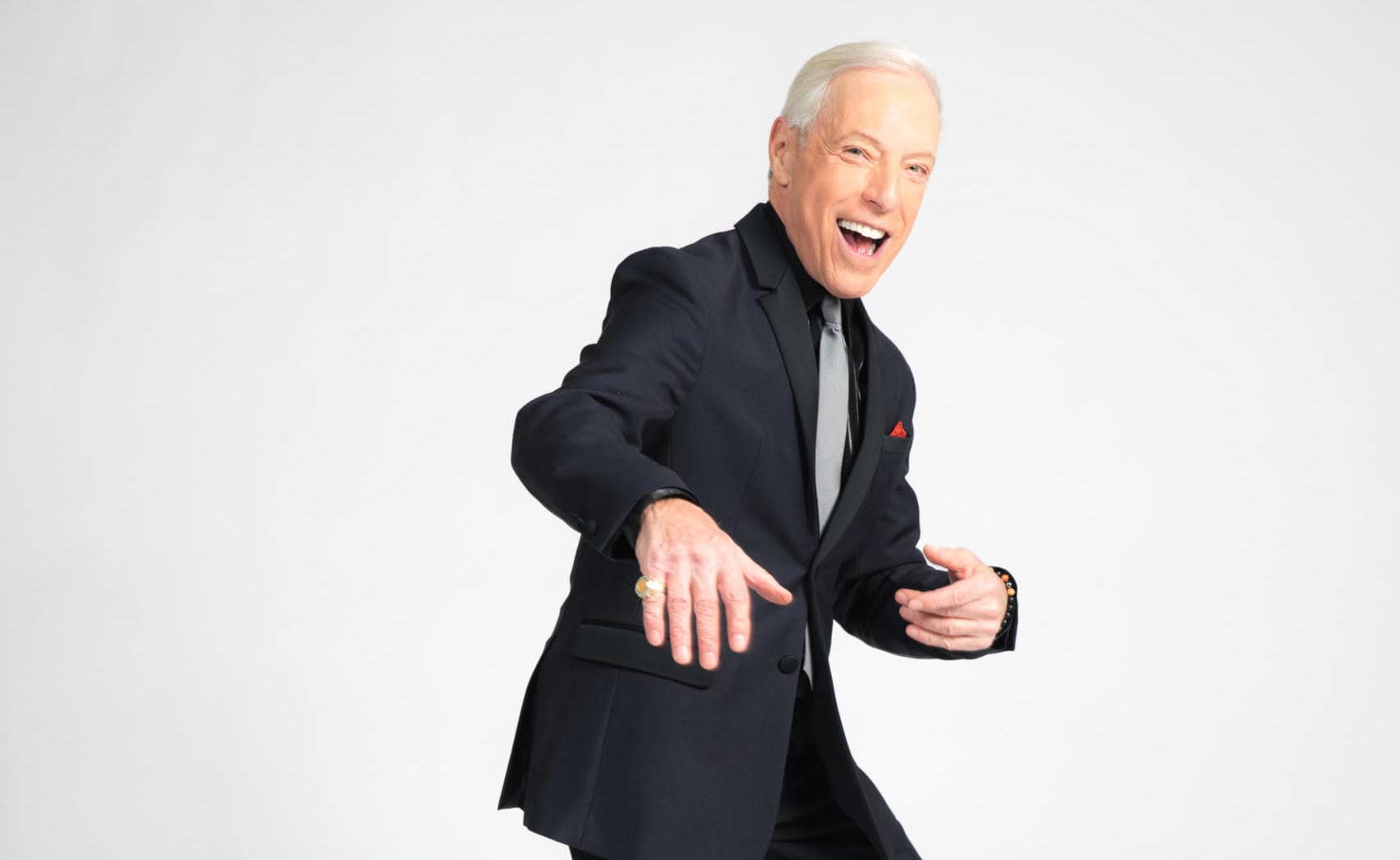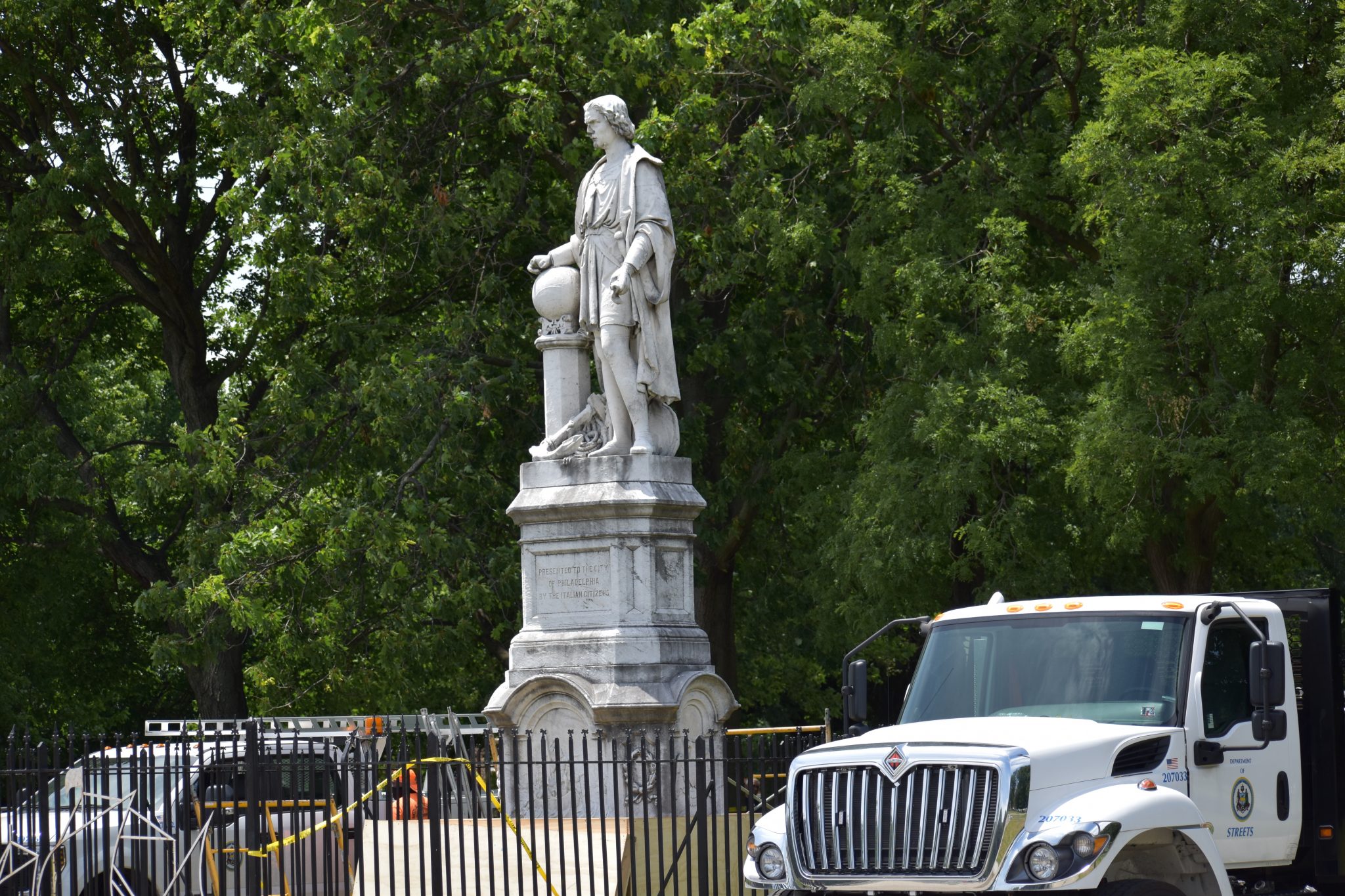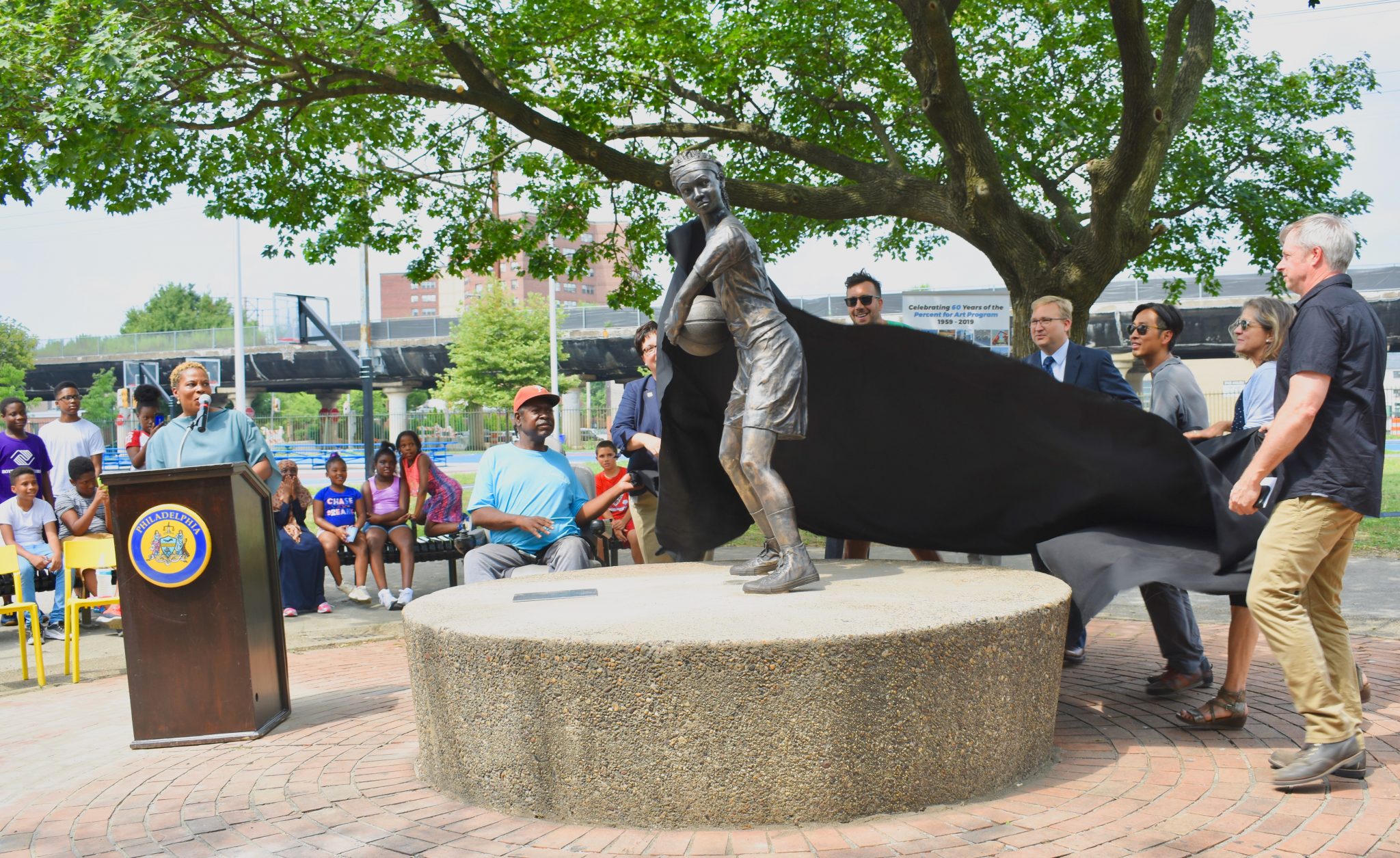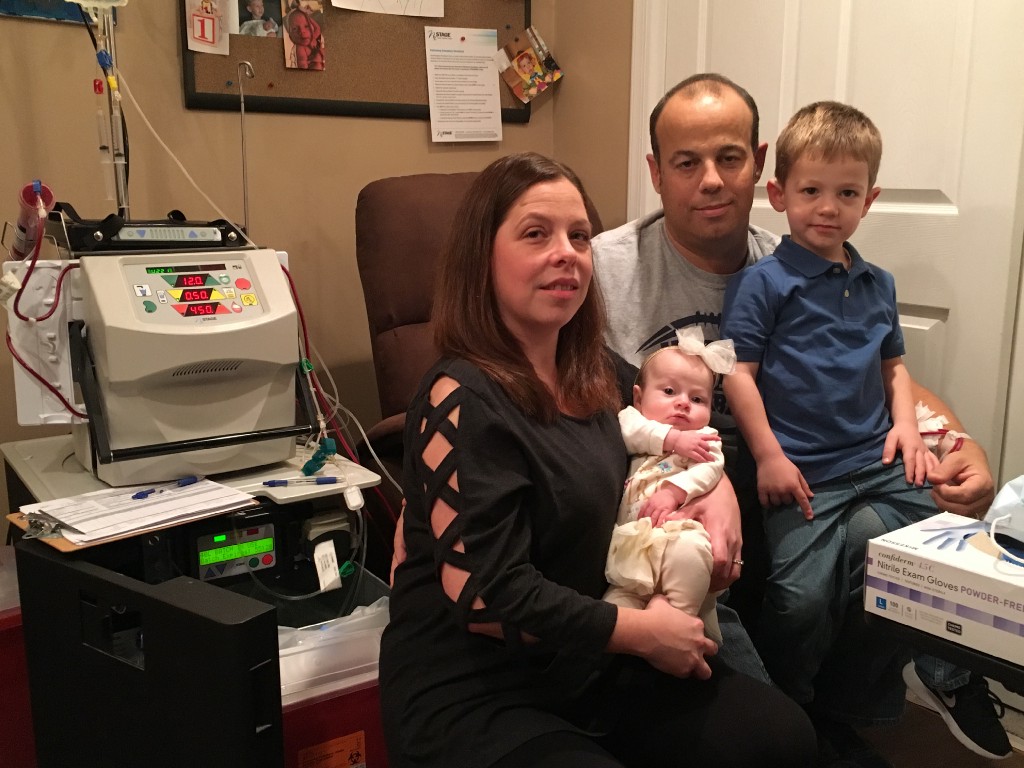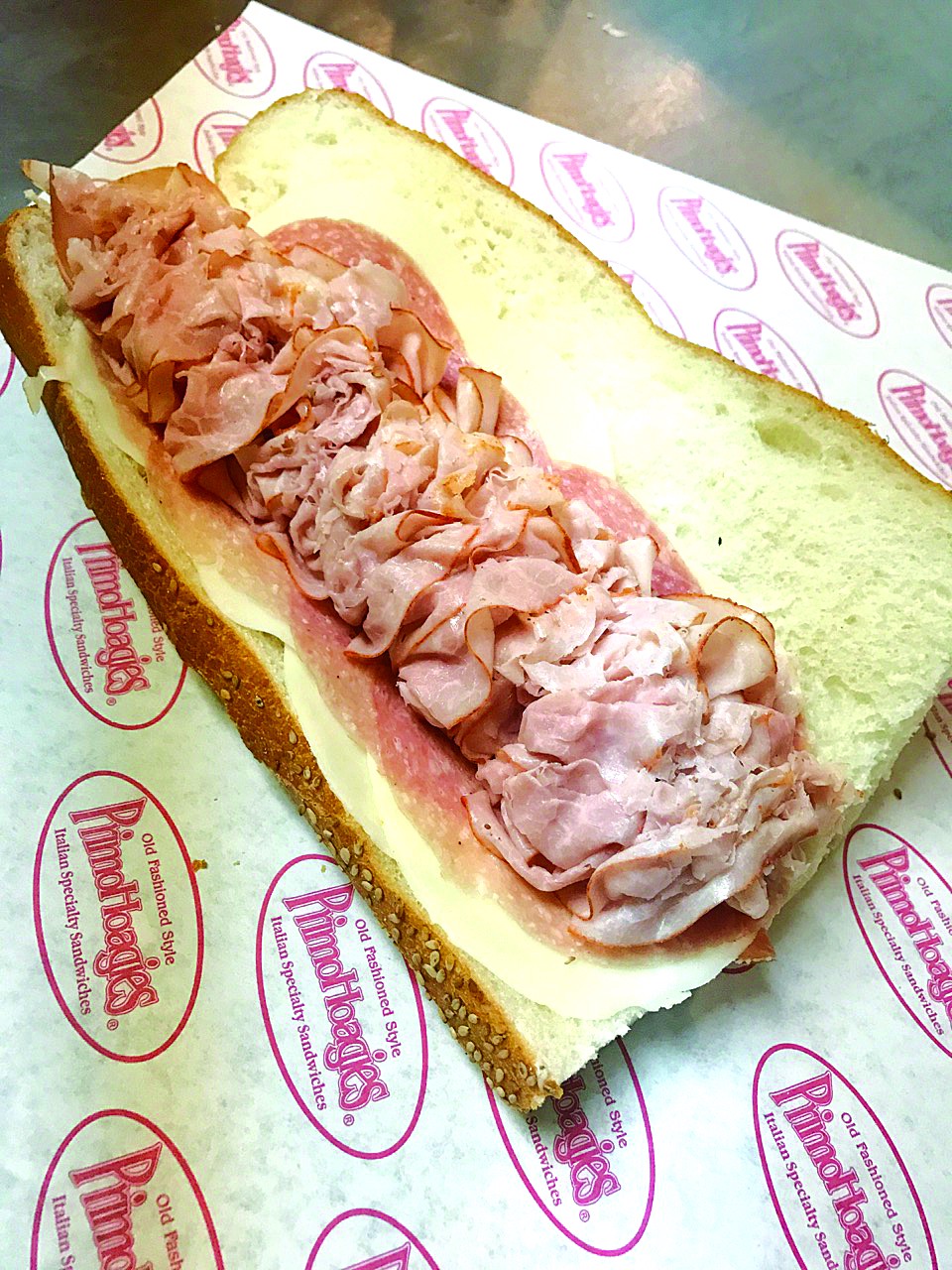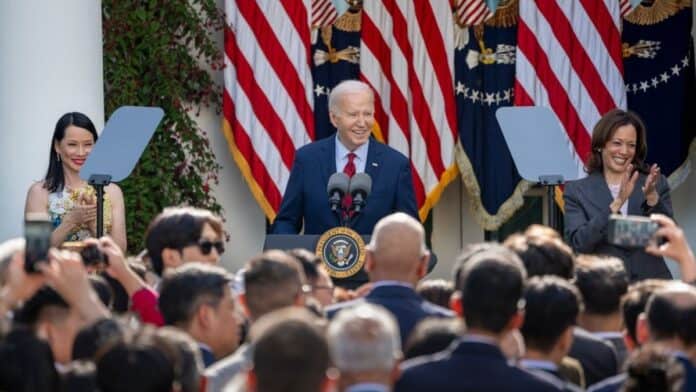
President Joe Biden faces tough competition from Donald Trump in Pennsylvania. Voters favor Trump on key issues like the economy.
A recent poll shows Biden struggling even with his base, indicating potential trouble in other swing states.
Key Takeaways:
- President Joe Biden faces significant challenges in Pennsylvania, with only 36% support when third-party candidates are included.
- Despite his unfavorable ratings, former President Donald Trump leads Biden on the economy and other critical issues.
- Biden’s support among young and non-white voters has decreased, potentially jeopardizing his chances in Pennsylvania and other swing states.
Biden’s Tight Race with Trump in Pennsylvania
President Joe Biden is polling at just 36% in Pennsylvania, even with numerous visits to the state. Former President Donald Trump isn’t doing much better, but he leads Biden on key issues such as the economy.
A new poll from The New York Times, Philadelphia Inquirer, and Siena College shows Biden and Trump in a tight race.
Despite Biden’s efforts, including frequent visits and significant advertising expenditures, he has not managed to gain a significant advantage over Trump in this swing state.
The poll, conducted between April 28 and May 7, surveyed 1,023 registered voters and shows Trump leading Biden 47% to 44% in a two-way race, within the margin of error. When third-party candidates are included, Biden’s support drops below 40% (margin of error of +/- 3.6%).
Biden’s Declining Support in Key Democratic Strongholds
Biden’s difficulties in Pennsylvania are partly due to a decline in support among key Democratic groups.
The poll highlights frustration with Biden’s handling of significant issues, particularly the economy.
Voters across the state, including the reliably blue Philadelphia suburbs, express negative impressions of Biden’s job performance and leadership.
Biden’s Troubles in Other Swing States
Similar trends are observed in other swing states. According to Times polls, Trump also leads in Michigan, Nevada, Arizona, and Georgia, with the candidates tied in Wisconsin.
These states are vital battlegrounds that Biden won in 2020, and he needs victories in several of them to secure re-election.
Lower Support Among Young & Voters of Color
Biden’s support among young people and POC voters in Pennsylvania has waned since 2020.
Young voters, in particular, show a significant shift. A NYT/Siena poll indicates that Biden won young people by 30 points in 2020 but is now roughly evenly split with Trump. Biden’s approval rating is lower among the state’s youngest voters than statewide.
Similarly, Black and Hispanic/Latino voters show less support for Biden compared to 2020, which could be detrimental to his chances.
Conversations with Voters Highlight Frustration
Giorgio Vavlas, a 24-year-old tech sales worker from Pittston, expressed his dissatisfaction with Biden’s performance, citing increased costs for essentials like gas and groceries.
Vavlas, who supported Biden in 2020, feels the financial pressures of post-graduate life and is hesitant to back the president again.
“Things are more expensive. Gas, groceries, rent, all those types of things,” said Vavlas.
“I don’t think he’s been necessarily the best as president. And then the other thing is when you see him on TV, he doesn’t always seem the most competent.”
John Robinson, a 24-year-old middle school teacher from Pittsburgh, shares similar concerns. Robinson, who is Black, is worried about Biden’s age and competency.
“I don’t think he’s fully capable,” Robinson said. “… he’s too old to do the job.”
Despite his reservations, Robinson does not see Trump as a viable option. “I think the guy’s a villain,” he said. “And I won’t be part of him advancing in any way.”
Concerns Over Age & Competency Shape Presidential Race
The age and mental competency of both candidates have become significant talking points in the campaign.
Biden, 81, and Trump, 77, are the oldest major party nominees for president, and this has raised concerns among voters.
Biden’s approval rating is notably lower among the state’s youngest voters compared to the statewide average, and their perception of the economy is particularly negative.
Impact of Third-Party Candidates on Pennsylvania Voters
Robert F. Kennedy Jr., running as an independent, has garnered about 10% support from Pennsylvania voters.
This indicates a significant portion of the electorate is dissatisfied with both major party candidates.
Many Kennedy supporters express a desire for change and are not inclined to switch their support to either Biden or Trump.
For instance, Vavlas mentioned he was leaning toward Kennedy because he wanted to see fresh ideas and a new voice in leadership.
Trump’s Economic Policies Resonate with Voters
Economic concerns are a primary driver of Trump’s appeal. Voters like Matthew Innis, a 55-year-old auto mechanic from Drexel Hill, believe that Trump’s policies will bring down the cost of living.
“I know how he will handle the economy, and we’ll get cheap gas again, and all the prices will drop,” Innis said.
The rising costs of essentials such as gas and groceries are significant issues for many voters, contributing to their preference for Trump’s economic approach.
Suburban Voters Show Mixed Feelings on Biden’s Performance
Biden maintains some support in the Philadelphia suburbs, but there are warning signs.
While he leads in this area, his job approval ratings are low, with 55% of suburban voters disapproving of his performance.
Suburban voters are evenly split on key economic and crime issues, indicating potential volatility in this critical region.
Biden’s Uphill Battle in Pennsylvania and Key Swing States
President Biden faces a challenging road in Pennsylvania and other swing states as the election approaches.
Economic dissatisfaction, declining support among young and non-white voters, and the impact of third-party candidates could all influence the outcome.
The high unfavorability of both candidates, voter turnout, and last-minute shifts could be decisive in this closely contested race.






